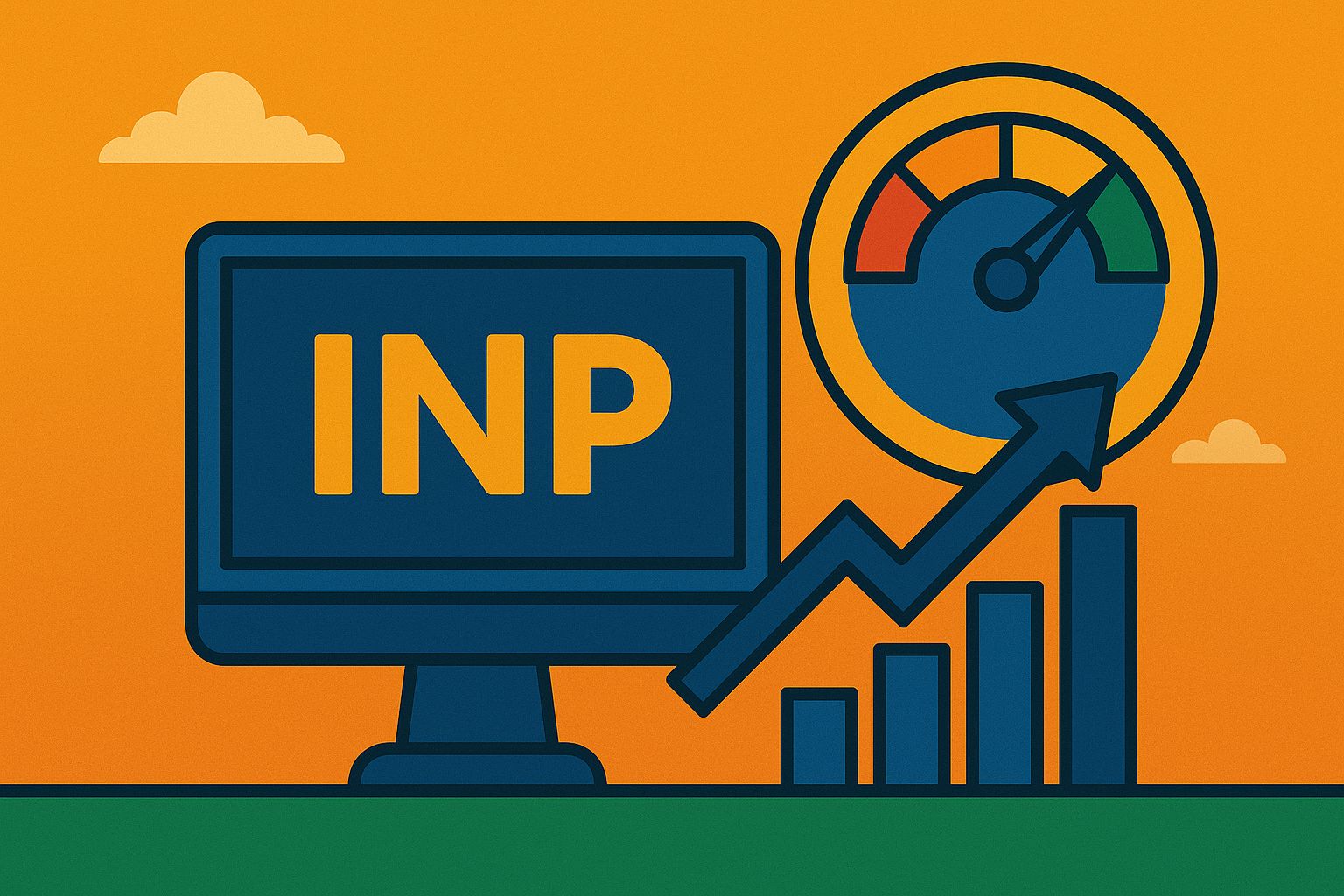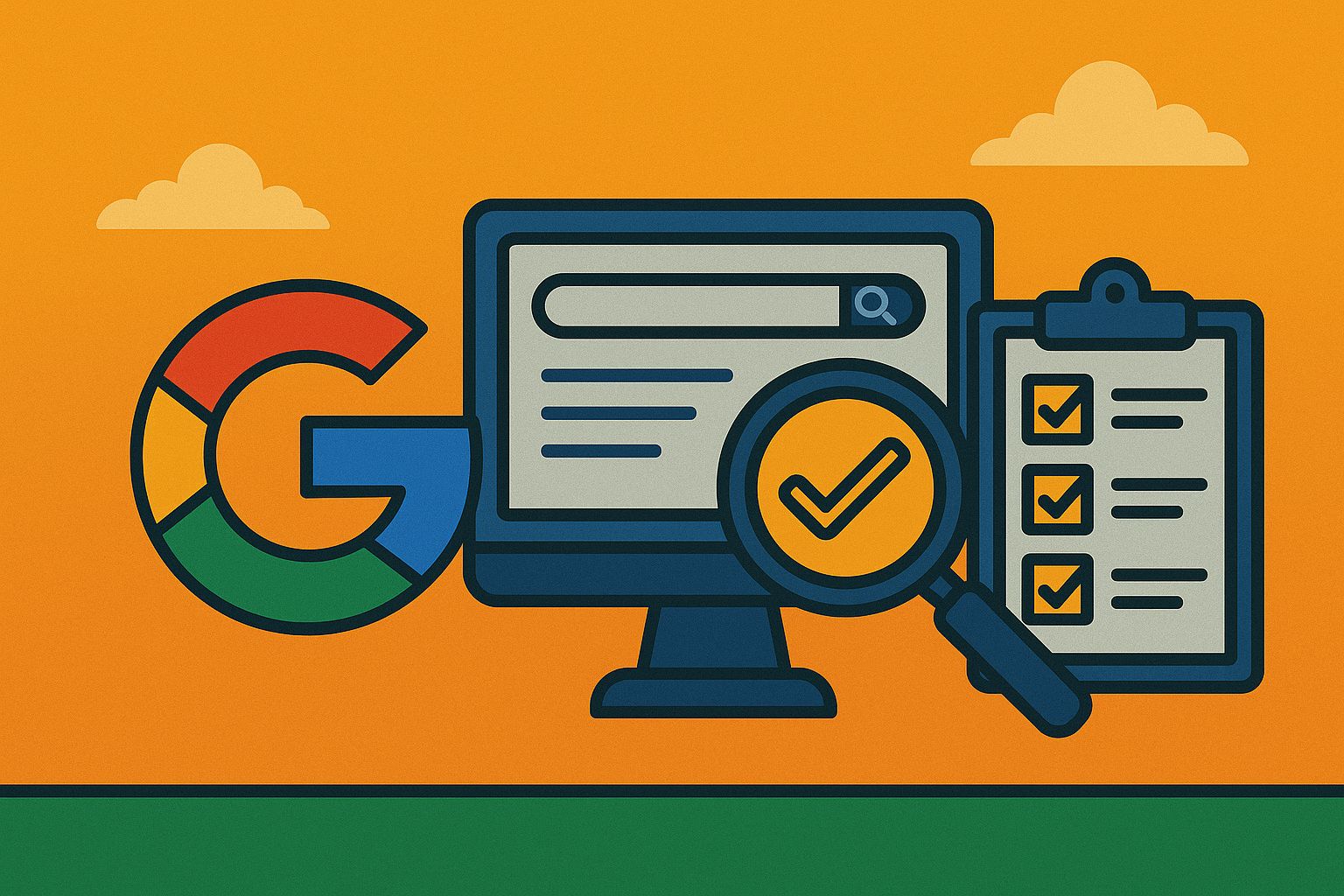The hybrid work model has gained significant traction. The combination of remote and in-office work allows teams to enjoy the benefits of flexibility and face-to-face collaboration. However, managing hybrid teams can be challenging, especially when it comes to maintaining productivity, communication, and team cohesion. One effective approach to addressing these challenges is the use of the DAPL framework in conjunction with Scrum methodology. This blog will explore how to build effective hybrid-based Scrum teams with DAPL, ensuring that teams remain productive and engaged.
Understanding Hybrid Scrum Teams
A Scrum team traditionally consists of a Product Owner, a Scrum Master, and the development team. In a hybrid setup, some team members work remotely while others are in the office. This mixed working model requires a robust structure to maintain efficiency and collaboration. Hybrid Scrum teams benefit from the flexibility of remote work and the direct communication of in-office work. However, this flexibility can also lead to challenges such as miscommunication, lack of cohesion, and difficulties in tracking progress. Implementing the DAPL framework can help overcome these challenges and enhance the efficiency of hybrid Scrum teams.
What is DAPL?
DAPL stands for Digital, Agile, People, and Leadership. This framework focuses on leveraging digital tools, fostering agile practices, prioritizing people, and strong leadership to enhance team performance. When integrated with Scrum, DAPL can create a harmonious and productive hybrid working environment.
- Digital Tools: Digital tools are essential for hybrid teams to stay connected and collaborate effectively. Tools such as Slack, Microsoft Teams, and Zoom facilitate communication, while project management tools like Jira and Trello help in tracking progress and managing tasks. Document-sharing platforms like Google Drive and SharePoint ensure that all team members have access to necessary resources regardless of their location. In the context of Scrum, digital tools support all aspects of the methodology. Sprint planning, daily stand-ups, sprint reviews, and retrospectives can be conducted virtually using these tools, ensuring that remote team members are as engaged as their in-office counterparts.
- Agile Practices: Agile practices are the backbone of Scrum. These include iterative development, continuous feedback, and adaptive planning. For hybrid teams, maintaining these practices can be challenging but not impossible. The key is to ensure that all team members, whether remote or in-office, are committed to the agile mindset. Daily stand-ups should be time-boxed and inclusive, ensuring that everyone has the opportunity to speak and share their progress. Sprint planning and reviews should be conducted in a way that allows for equal participation from all team members. Continuous feedback mechanisms should be established to ensure that any issues are addressed promptly, and improvements are made iteratively.
- People: The success of any team, hybrid or otherwise, depends on its people. For hybrid Scrum teams, it is crucial to foster a sense of belonging and trust among all members. This can be achieved through regular team-building activities, transparent communication, and recognition of individual contributions. Creating a culture of inclusivity is essential. Remote team members should not feel isolated or less important than their in-office counterparts. Regular check-ins, virtual coffee breaks, and collaborative work sessions can help bridge the gap between remote and in-office team members.
- Leadership:Effective leadership is critical for the success of hybrid Scrum teams. Leaders need to be adaptable, empathetic, and communicative. They should be able to inspire and motivate team members, regardless of their location. In a hybrid setup, leaders must ensure that all team members have the resources they need to perform their tasks effectively. They should facilitate communication, resolve conflicts promptly, and provide guidance and support to the team. Leaders should also focus on outcomes rather than processes. This means setting clear goals, providing autonomy to team members, and measuring success based on results. By doing so, they can foster a high-performing, motivated, and cohesive team.
Integrating DAPL with Scrum
Integrating the DAPL framework with Scrum involves leveraging digital tools to enhance communication and collaboration, maintaining agile practices to ensure adaptability and continuous improvement, prioritizing people to foster a sense of belonging and trust, and providing strong leadership to guide and support the team.
- Digital Tools: Utilize digital tools to support Scrum ceremonies and collaboration. Ensure that all team members are comfortable with these tools and have access to them.
- Agile Practices: Maintain agile practices by ensuring regular, inclusive Scrum ceremonies and continuous feedback mechanisms.
- People: Foster a culture of inclusivity and trust through regular team-building activities and transparent communication.
- Leadership: Provide strong, empathetic leadership that focuses on outcomes and supports the team.
Conclusion
Building effective hybrid-based Scrum teams with DAPL involves leveraging digital tools, maintaining agile practices, prioritizing people, and providing strong leadership. By integrating the DAPL framework with Scrum, organizations can ensure that their hybrid teams remain productive, engaged, and cohesive. The flexibility of the hybrid work model, combined with the structure of Scrum and the support of DAPL, can create a powerful and effective working environment.




